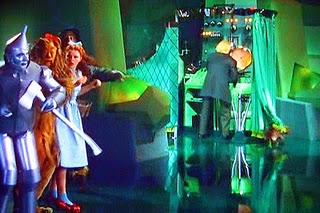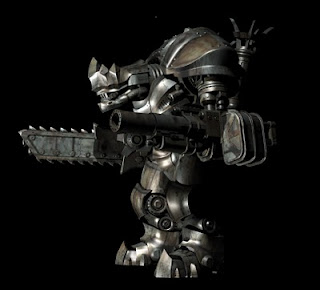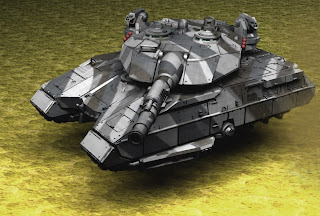Tech Feature: Terrain textures

I have finally finished the part of the terrain rendering that I spent most time researching and thinking about: texturing. This is a quite big problem, with many methods available, each having its own pros and cons. I was looking for something that gave a lot of freedom for the artists, that was fast and that allowed that the same algorithm could be used in both game and editor. The last point was especially important since we had much success with our WYSIWYG -editor for Amnesia, and we did not want terrain to break this by requiring some complicated creation process. Even once I started working on the textures, I was unsure on the exact approach to take. I had at least decided to use some form of texture splatting as the base. However there is a lot of ways to go about this, the two major directions being to either do it all in real-time or to rendering to cache textures in some manner. Before doing any proper work on the texturing algorithm I wanted to see how the texturing looked





